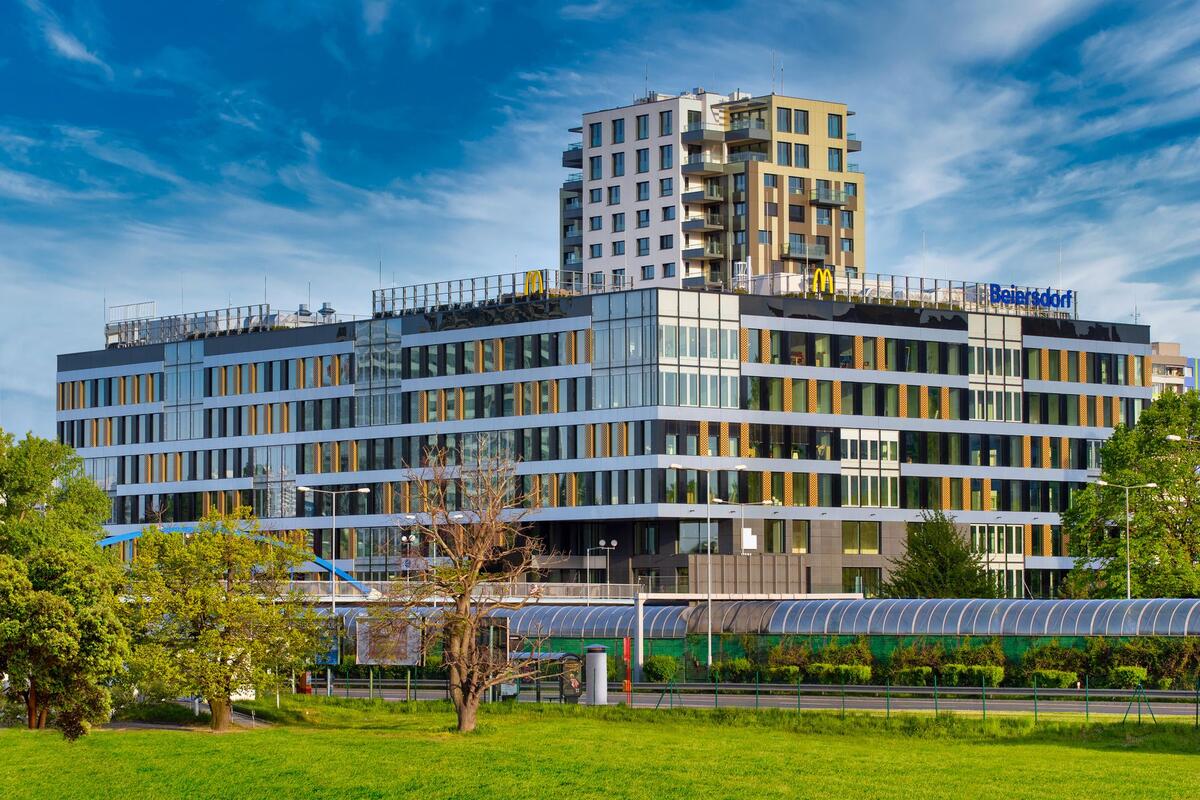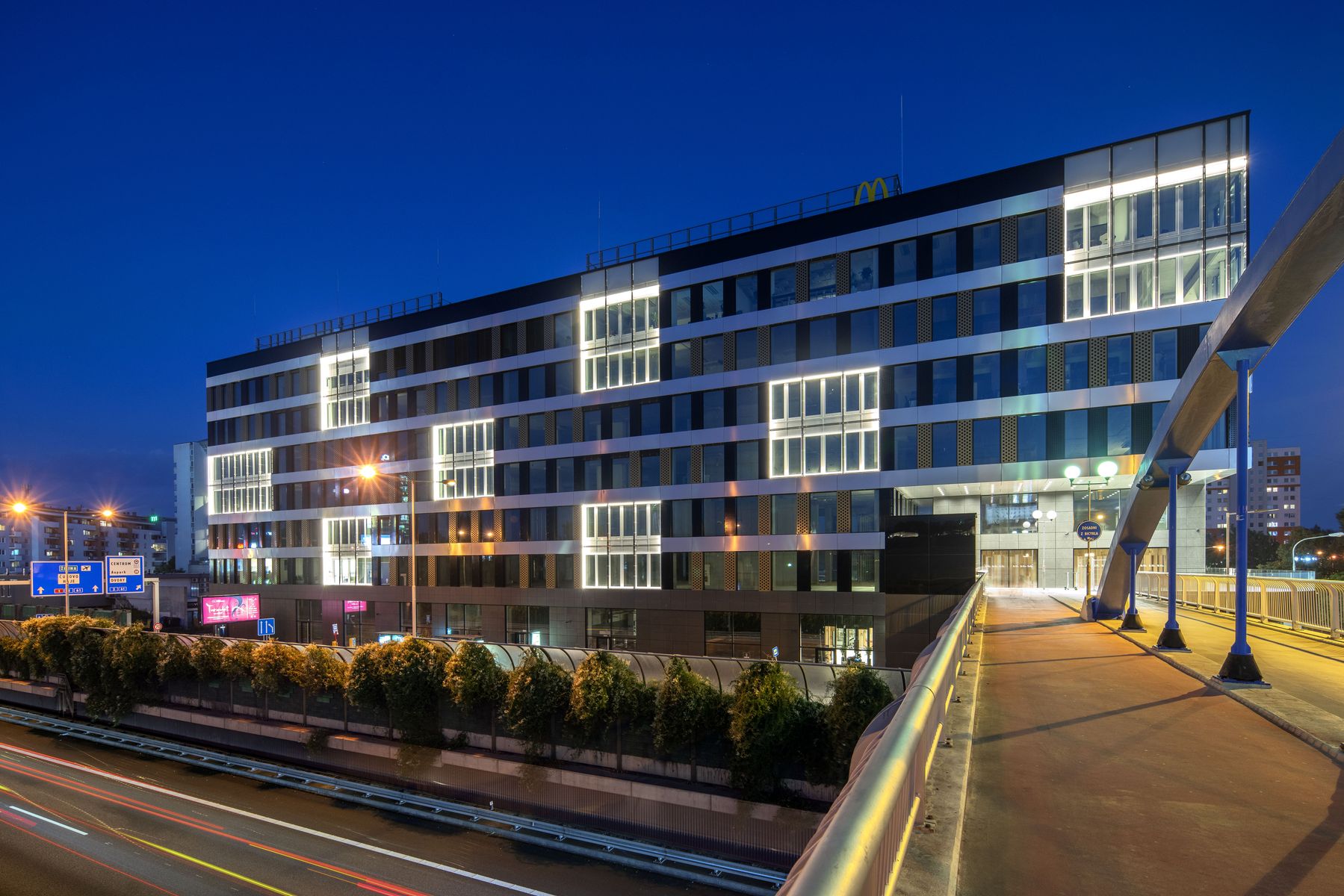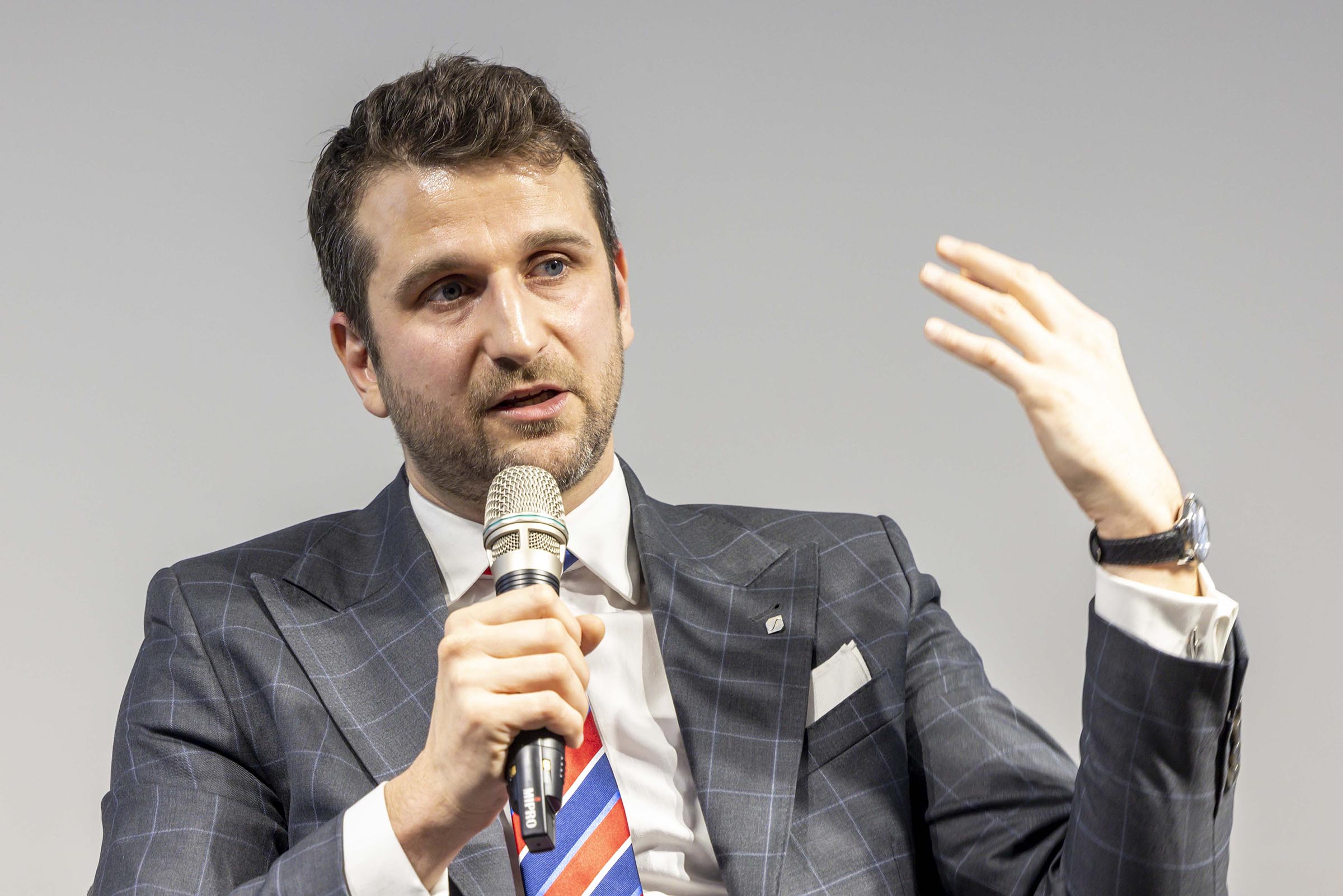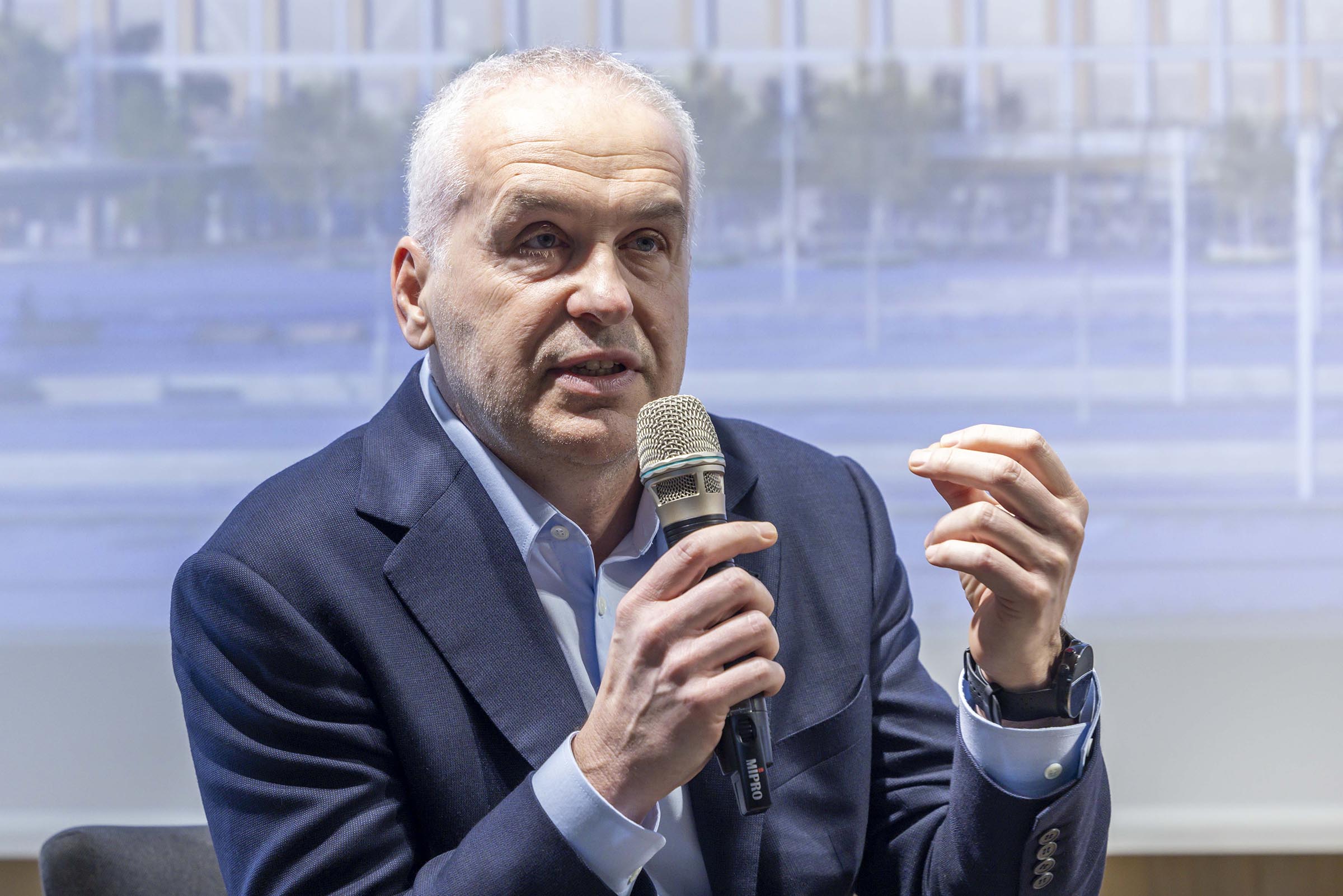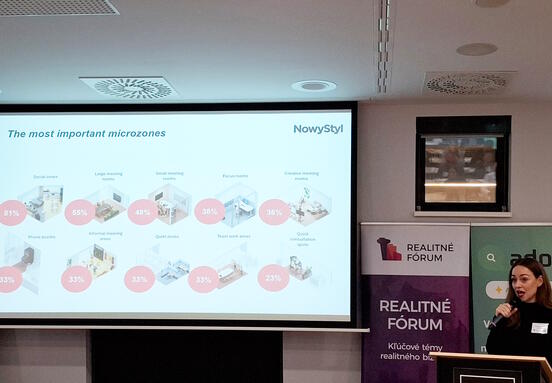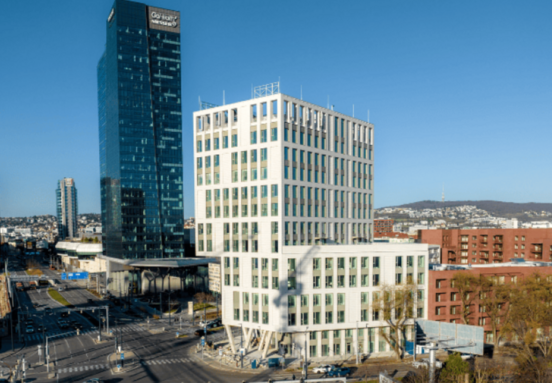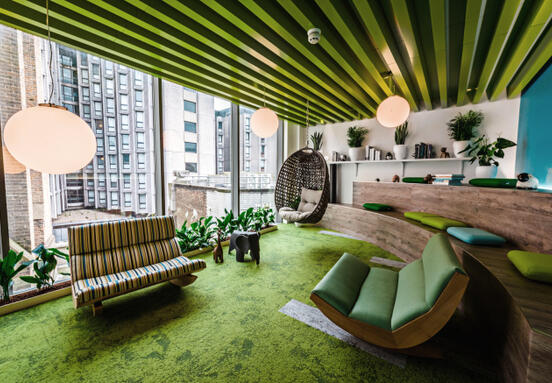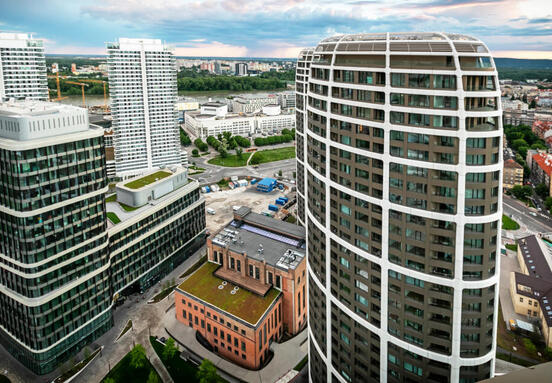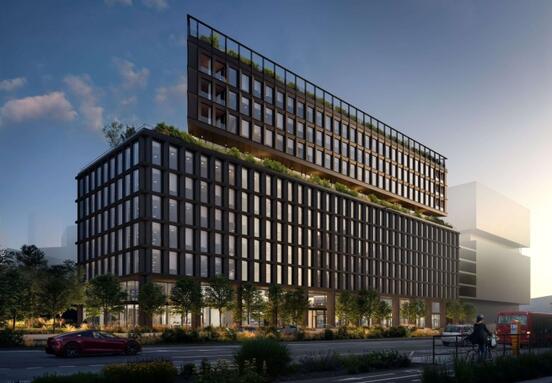The project succeeded after more than a year of rigorous reporting and assessment of many parameters and statistics related to the building's operation and the activities of its tenants. It is the choice of people, for example, in the form of transport to work, that seems to play a key role in the carbon footprint of the buildings in which they work.
In the case of Einpark, thanks to the favorable conditions and location, the majority of employees either use public transport (24%), or come on foot (21%) or by bicycle (15%).
"Yet more than half of the emissions associated with its operation are caused by how people are transported to it. And only about 20 percent of them use cars," explains Miloš Polák, project development manager at Corwin.
It is clear from this that the location and surrounding infrastructure is decisive in terms of greenhouse gas emissions associated with the later operation of the building. During the actual design and construction, the developer tried to use recycled and local materials as much as possible, which helped to obtain the LEED Platinum certificate, which is issued once, after the building is completed. In contrast, the LEED Carbon Zero certification, which assesses the use of the building, is repeated every year.
Einpark Offices | Source: Corwin
The residual carbon footprint is compensated by carbon credits
Of course, even the operation of buildings such as Einpark Offices cannot do without a certain volume of CO2 released into the atmosphere.
"The carbon footprint of LEED Zero Carbon certification is calculated based on the amount of electricity and fuel consumed during one calendar year. There is a value expressed in grams of CO2 per kWh of each energy carrier. The footprint left by building users when they arrive and leave work is also monitored. The resulting sum of operational carbon and carbon sequestered in transport gives the building's total CO2 footprint. This is compensated by purchasing the so-called carbon credits," explains Samuel Sůra, CEO of SALVIS, which covered the building certification process for CORWIN.
Samuel Sůra, CEO of SALVIS, which covered the building certification process for CORWIN. | Source: Corwin
Carbon credits are created by investments in projects and technologies that reduce or absorb the volume of carbon dioxide produced - for example, these are new renewable energy sources. Their purchase was made by Corwin through an American company from projects in Asia.
However, according to Marián Hlavačka, CEO of Corwin, the company's ambition in the future is to buy carbon credits from projects that are created in countries where the developer is active. That is, in Slovakia, the Czech Republic and Slovenia. Buying credits is not a cheap matter.
Mariána Hlavačka, CEO of Corwin | Source: Corwin
An investment of more than 11,000 euros was required to obtain the LEED Zero Carbon certificate. Again, it should be remembered that this investment in a similar amount will have to be repeated every year if Einpark wants to keep the certificate.
At the same time, Corwin's goal is to have all office properties in the portfolio as carbon-neutral buildings. This also applies to those that should grow in the area of the former Palma plant in Bratislava, as well as the Ljubljana business-administrative complex Vilharia, which will be among the most sustainable buildings in Slovenia.
